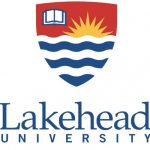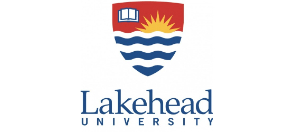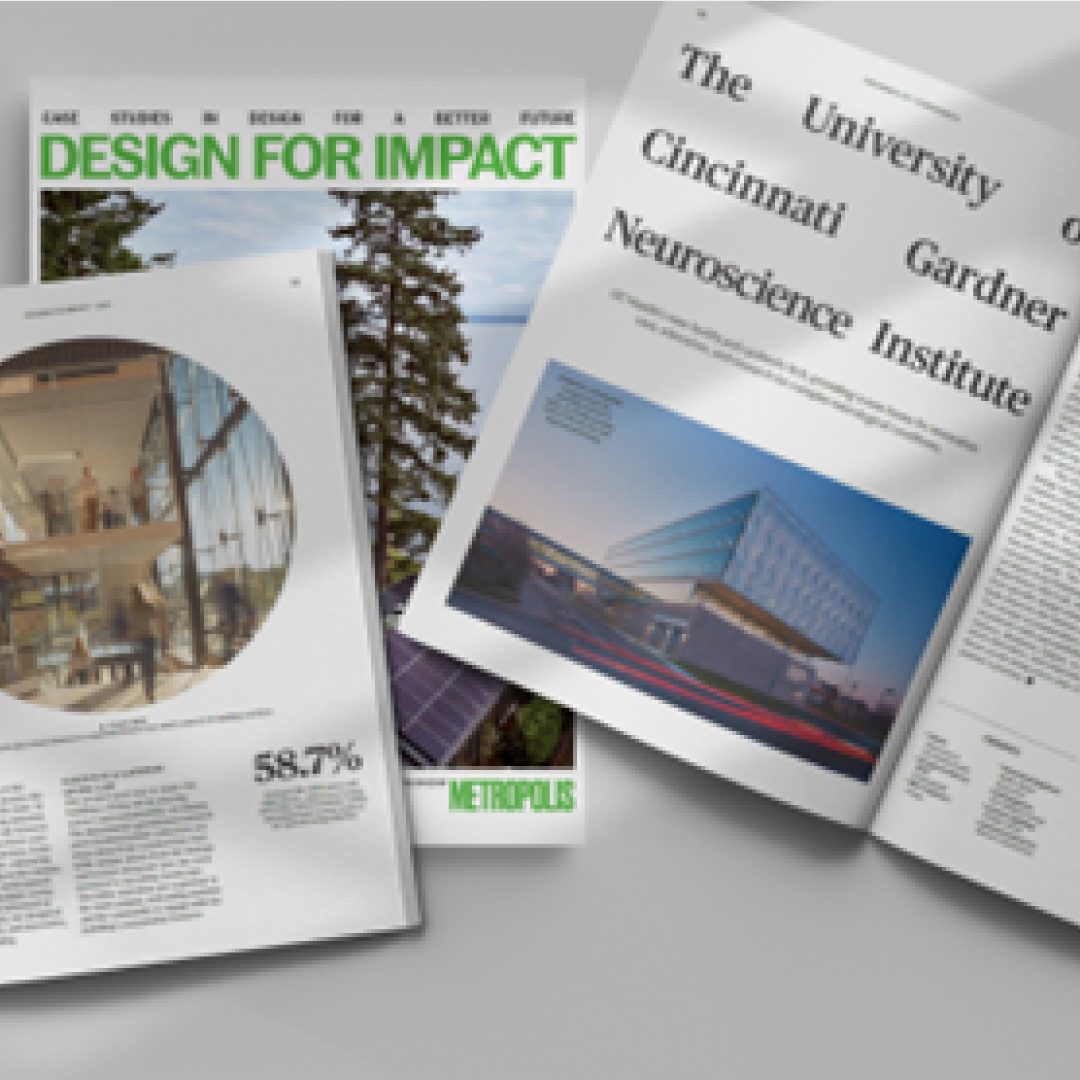Dr. Saad B. Ahmed is an accomplished researcher and educator specializing in Artificial Intelligence, Machine Learning, and Hyperspectral Image Analysis. He is currently a faculty member in the Department of Computer Science at Lakehead University, Canada, where he leads the Image Analysis and Pattern Identification – Research Lab (IAPI-RL). Dr. Ahmed’s research integrates cutting-edge AI models with real-world applications, particularly in the areas of medical imaging, document analysis, and hyperspectral imaging.
His recent work focuses on interpretable deep learning models for semantic segmentation, skin cancer detection, forgery identification in hyperspectral documents, and the use of generative models for data augmentation. He has published extensively in high-impact journals and presented at premier conferences in the fields of computer vision and AI. Dr. Ahmed is also committed to advancing education through AI, exploring innovative ways to integrate intelligent systems for improving student learning outcomes and performance evaluation through his research by exploiting the role of AI in the field of Education.
A passionate mentor, Dr. Ahmed has supervised a wide range of undergraduate, MSc, and PhD students, many of whom have gone on to make significant academic and industry contributions. He is actively engaged in collaborative projects across disciplines and institutions, both nationally and internationally. Beyond academia, Dr. Ahmed is deeply connected to his community, balancing his professional pursuits with family life and community engagement.
His efforts have yielded over 50 publications cited in top-tier journals and conferences within the realm of medical image analysis, scene segmentation and Explainable and Interpretable AI. His research stands in advancing early diagnosis within the medical field. Furthermore, he has forged partnerships with industry to conduct collaborative projects with renowned Universities worldwide. With a clear vision for ethical, explainable, and impactful AI, Dr. Saad Bin Ahmed continues to push the boundaries of intelligent systems research, training the next generation of scientists to do the same.
About Research Lab
The Image Analysis and Pattern Identification Research Lab is a pioneering center committed to pushing the boundaries of knowledge in computer vision and image processing. Our lab focuses on developing cutting-edge methodologies for analyzing visual data, with a specific emphasis on pattern recognition. By manipulating advanced algorithms and machine learning techniques, our researchers explore ways to extract meaningful information from images, unlocking the potential for applications in diverse fields. From medical diagnostics and industrial quality control to facial recognition and autonomous systems, the lab’s work has wide-ranging implications.
We are dedicated to advancing the understanding and application of image analysis, fostering innovation that contributes to technological breakthroughs. Our collaborative and interdisciplinary approach ensures a rich learning environment for researchers and students alike. Join us in unraveling the complexities of visual data and shaping the future of image analysis and pattern identification. Welcome to a world of discovery and innovation in our research lab!
Latest News
- 3rd International Conference On Advanced Engineering, Technology And Applications
May 24-25, 2024
University Of Catania, Italy
- Our Research Published in Sensors
Hyperspectral data analysis is being utilized as an effective and compelling tool for image processing,
providing unprecedented levels of information and insights for various applications. In this manuscript, we
have compiled and presented a comprehensive overview of recent advances in hyperspectral data
analysis that can provide assistance for the development of customized techniques for hyperspectral
document images. We review the fundamental concepts of hyperspectral imaging, discuss various
techniques for data acquisition, and examine state-of-the-art approaches to the preprocessing, feature
extraction, and classification of hyperspectral data by taking into consideration the complexities of
document images. We also explore the possibility of utilizing hyperspectral imaging for addressing critical
challenges in document analysis, including document forgery, ink age estimation, and text extraction from
degraded or damaged documents.
- Our Research Published in IEEE Access
Hyperspectral Imaging (HSI) uses large portions of the electromagnetic spectrum to obtain information
from images that would be very difficult to get otherwise. An important task in forensic analysis of
documents is to extract signatures for authentication. Signatures in documents often overlap with other
parts of a document such as typed text or stamps and hence it is difficult to retrieve them. In this work we
present a novel algorithm for recovering signatures from hyperspectral images of documents where
signatures overlap typed text, seals, stamps, or other images.
- Two Students from National University of Science and Technology (NUST) joining IAPI-RL on
MITACS Globlink Research Awards.
Latest News

Our paper titled “Urban Scene Segmentation and Cross-Dataset Transfer Learning using SegFormer”, presented in ICMVA 2025.
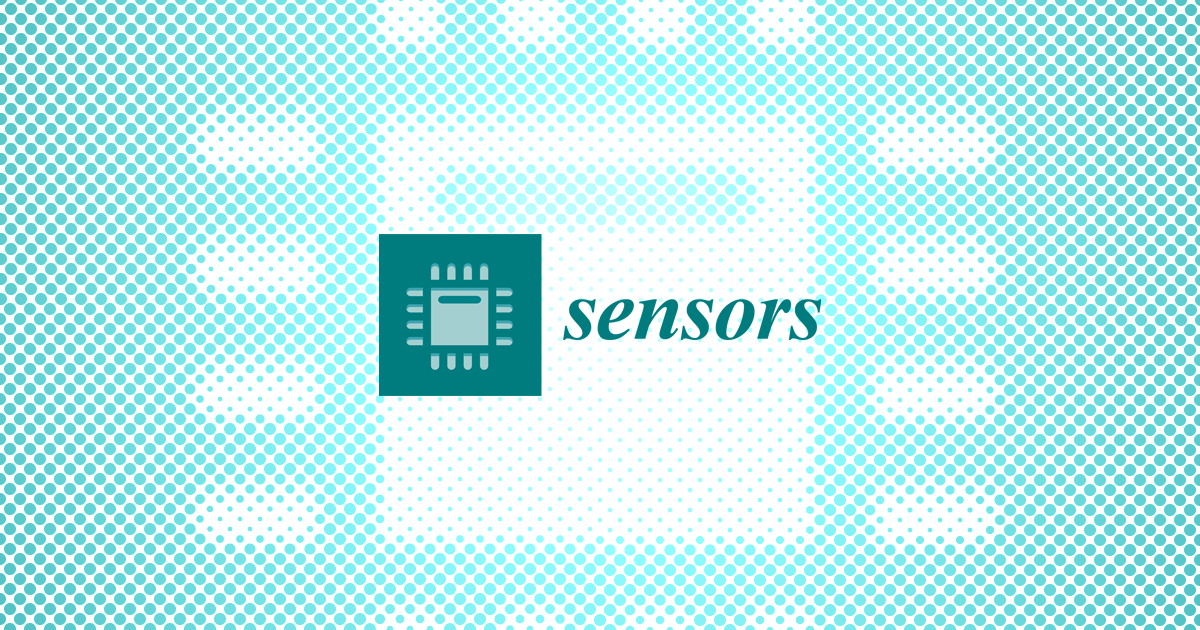
Our Research Published In SENSORS
In our work, we review the fundamental concepts of hyperspectral imaging and discuss various techniques for data acquisition. We also examine state-of-the-art approaches to preprocessing, feature extraction, and classification of hyperspectral data, taking into consideration the complexities associated with document images. Furthermore, we explore the potential of utilizing hyperspectral imaging to address critical challenges in document analysis. These challenges include document forgery detection, ink age estimation, and text extraction from degraded or damaged documents.
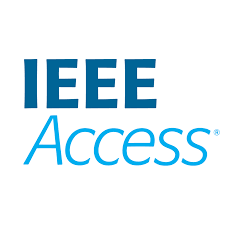
Research Published in IEEE Access
Hyperspectral Imaging (HSI) uses large portions of the electromagnetic spectrum to obtain information from images that would be very difficult to get otherwise. An important task in forensic analysis of documents is to extract signatures for authentication. Signatures in documents often overlap with other parts of a document such as typed text or stamps, and hence it is difficult to retrieve them. In this work, we present a novel algorithm for recovering signatures from hyperspectral images of documents where signatures overlap typed text, seals, stamps, or other images.
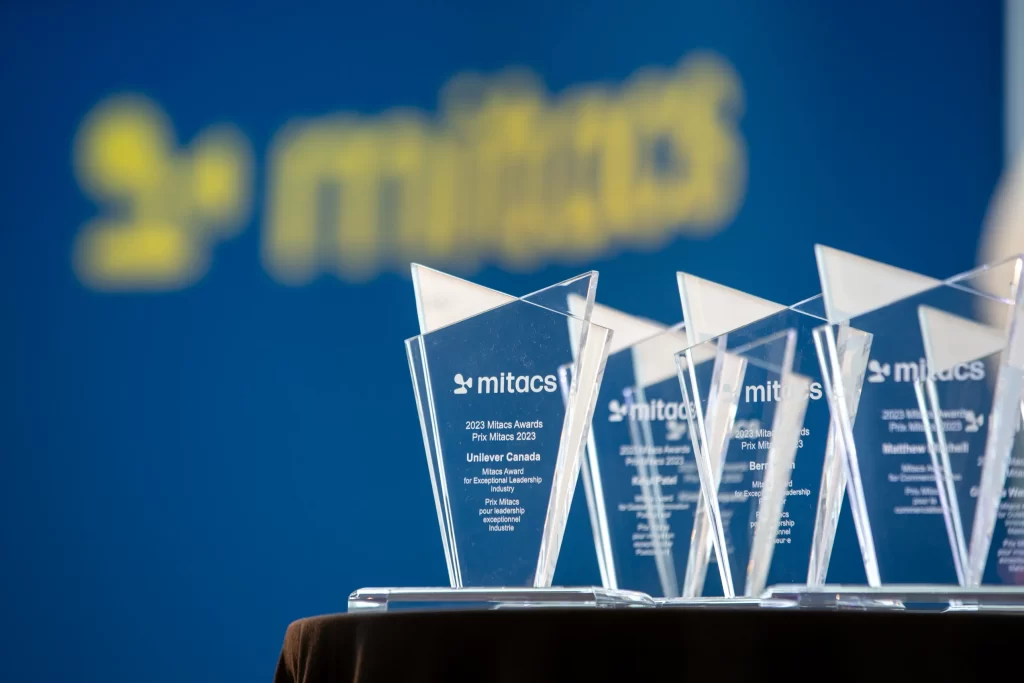
MITACS Globlink Research Awards
Two Students from National University of Science and Technology (NUST) joining Image Analysis & Pattern Identification Research Lab on MITACS Globlink Research Awards.


